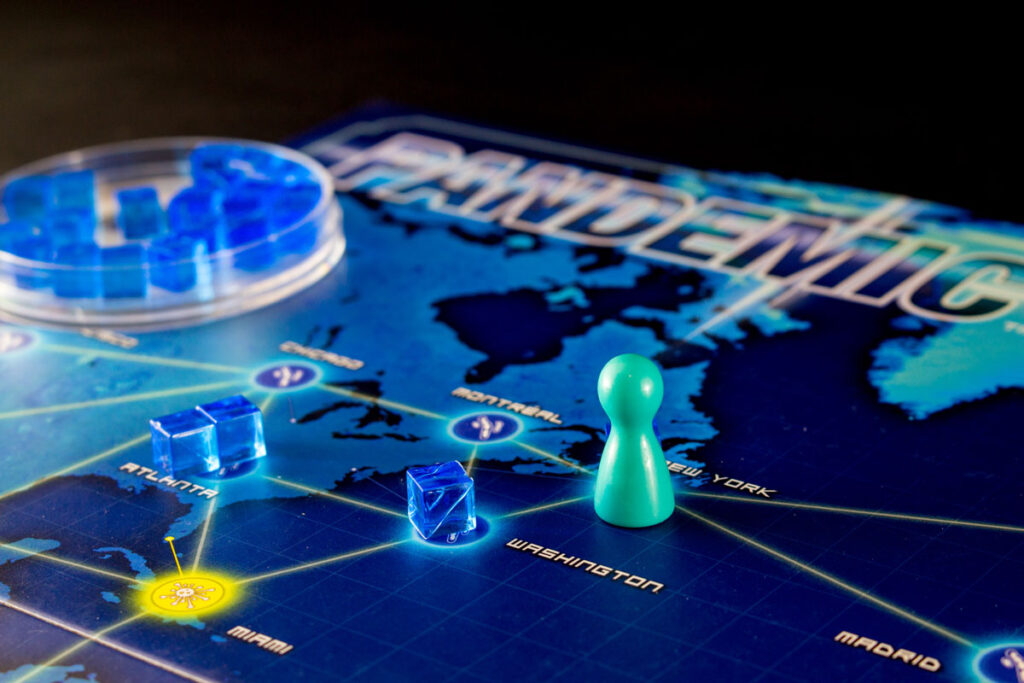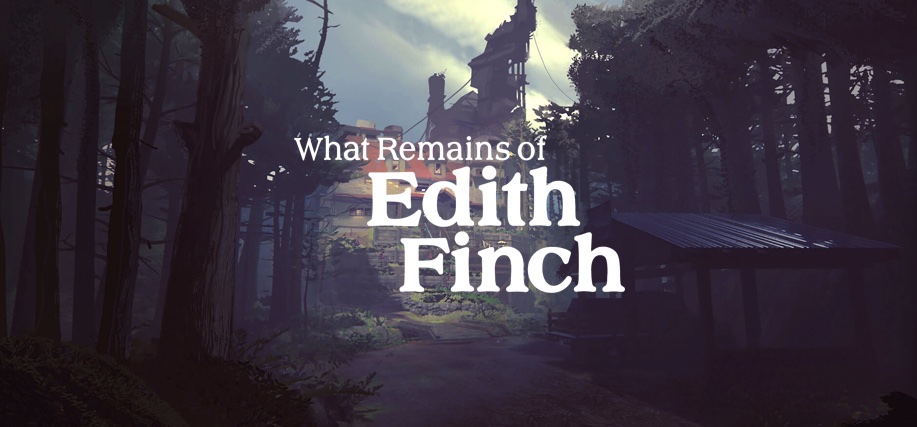Gamification has been a phrase thrown around in corporate e-learning and training space for many years, with organisations using it to create more engaging and interactive training for their employees, however, most gamified learning continues to be nothing more than a multiple choice quiz, and some digital content.
The gaming industry is immense; the board game industry’s revenue alone was estimated at 2.15 billion in 2020, and is expected to reach $4.67 billion in 2026, showing a huge increase in the popularity of board games.
The video game industry pushes this even further, with the 2023 video game industry revenue projected at $365.6 globally, making it bigger than the filmed entertainment industry and music industry combined.
Additionally 88% of people aged between 16 and 24 play video games, so it’s even more important that companies utilise the format to its advantage to make sure new employees stay engaged and motivated in the workplace.
These statistics show how playing games is a vast industry that is only growing in popularity, so why does the term ‘gamification’ often produce simple digital learning experiences?
Although interactivity is essential to games, the aspects that make games exciting are aspects like the story, the way you play the game and the mechanics used within the game, all of which make games fun, exciting and memorable, creating the industry we see today.
Why Should We Explore Gamification Further?
The answer is retention. Imagine you create informative and interesting training about cyber security, and spend a few hours going through it with your employees.
You’ll obviously see the effect of this training immediately as the memory of the training will be fresh in the minds of the employees, however the success of the training isn’t measured on the immediate effect, but the longevity.
If your employees start forgetting those lessons within a few months, you’ll have to go through the training again, which would be a bad use of time for both you and your employees, and would be a risk to your cyber security.
The way to solve this is to create training that is more likely to be retained for a long time. The higher the retention rates, the less time is spent training, which means everyone involved can work more effectively, and in the example of cyber security, would be safer for the company.
Retention in training can be improved in a number of ways; keeping users engaged means they take in more information, similarly making training more motivating gives the learners a sense of agency rather than feeling like they’re being ordered to learn, which also aids retention.
Even making learning a fun experience can help with retention, as experiencing a positive emotion while learning makes the information more likely to be stored in long term memory.
All of the aspects mentioned above can be done through introducing Gamification to your training, which has been shown to increase engagement and motivation through its interactivity, in turn leading to an improvement in learning.
So let’s see how aspects such as the story, format and game mechanics already play a role in games, and how we can use them to enhance learning and improve engagement, motivation and retention rates.











